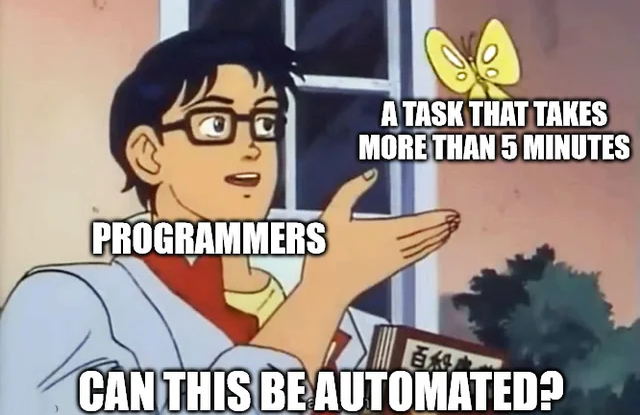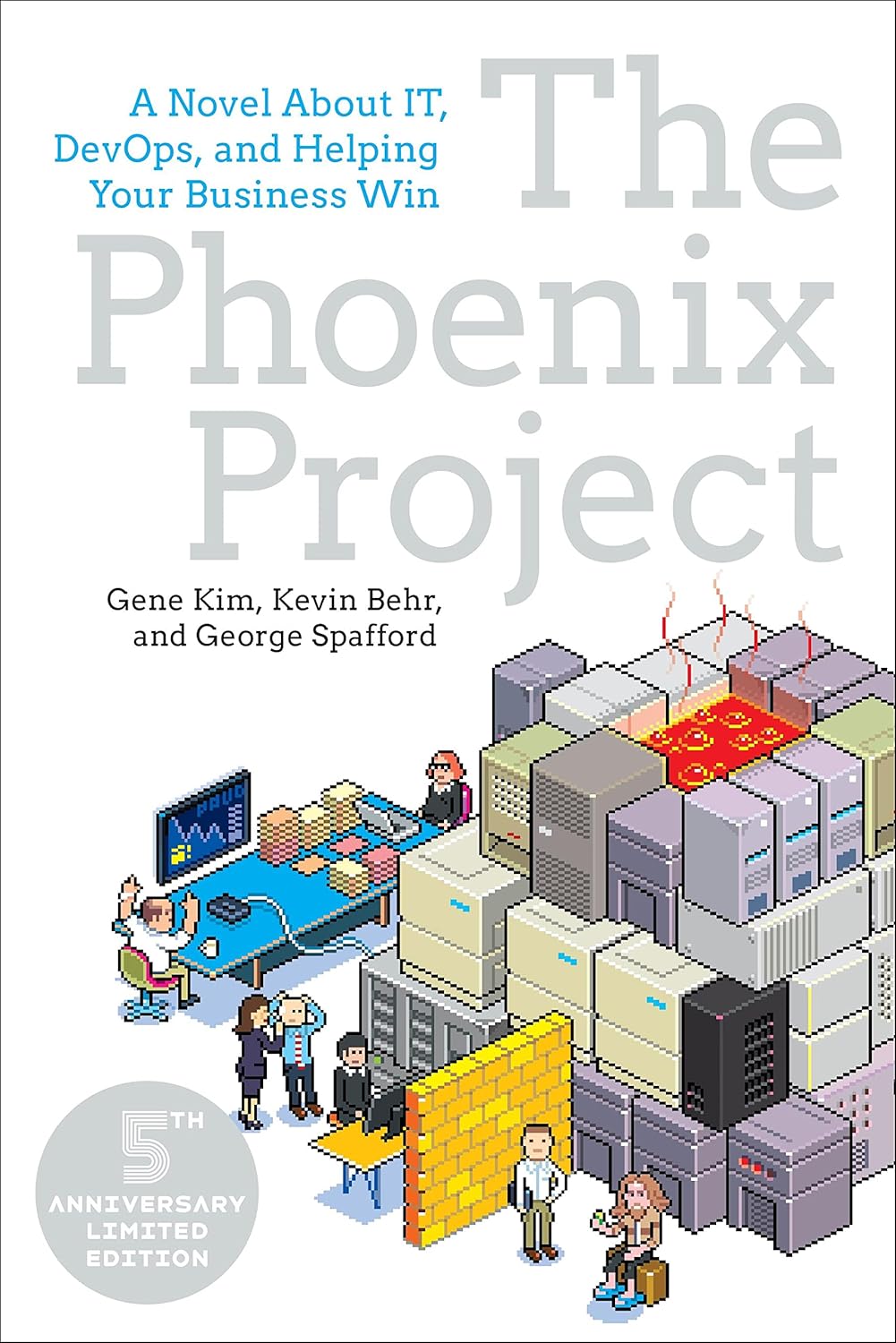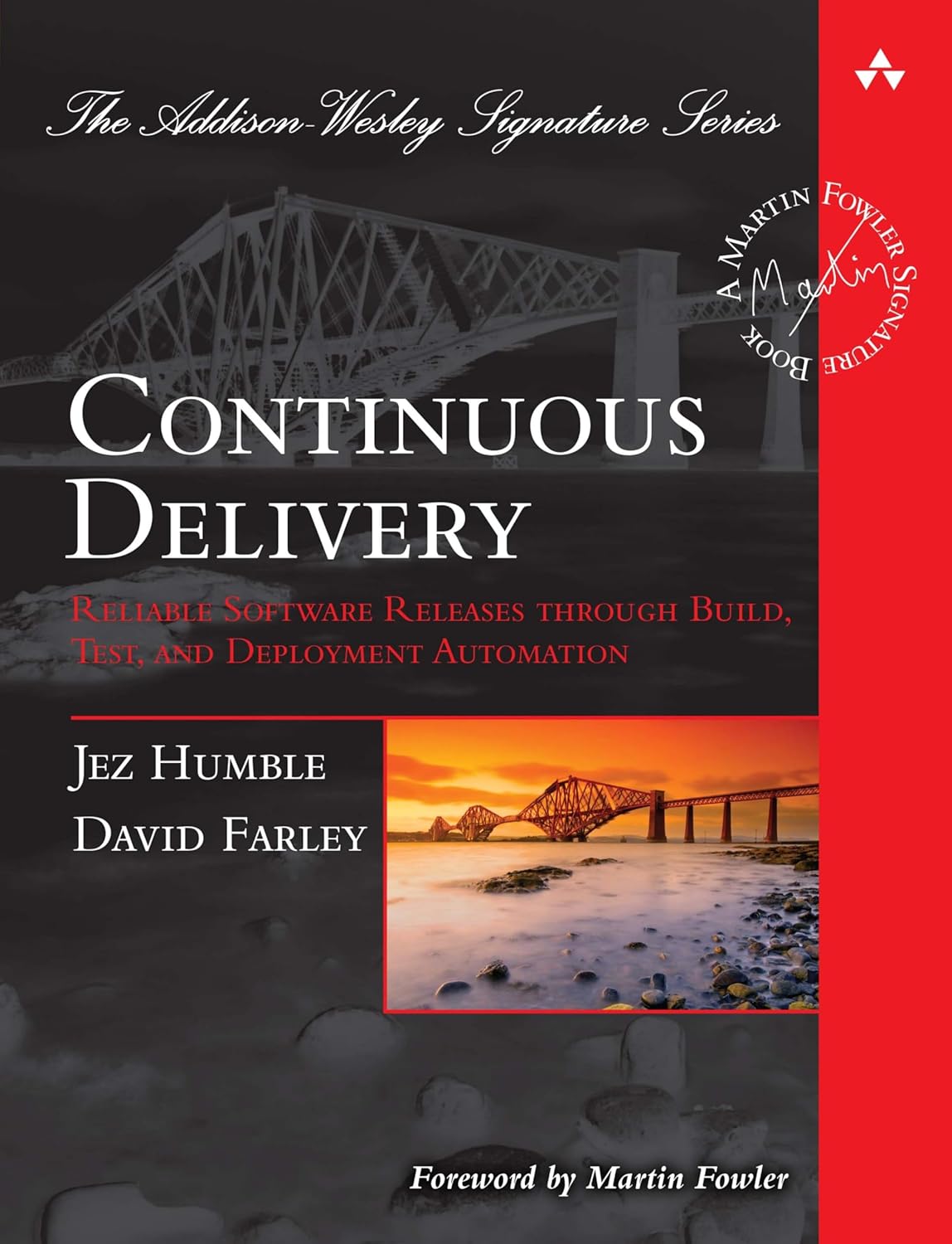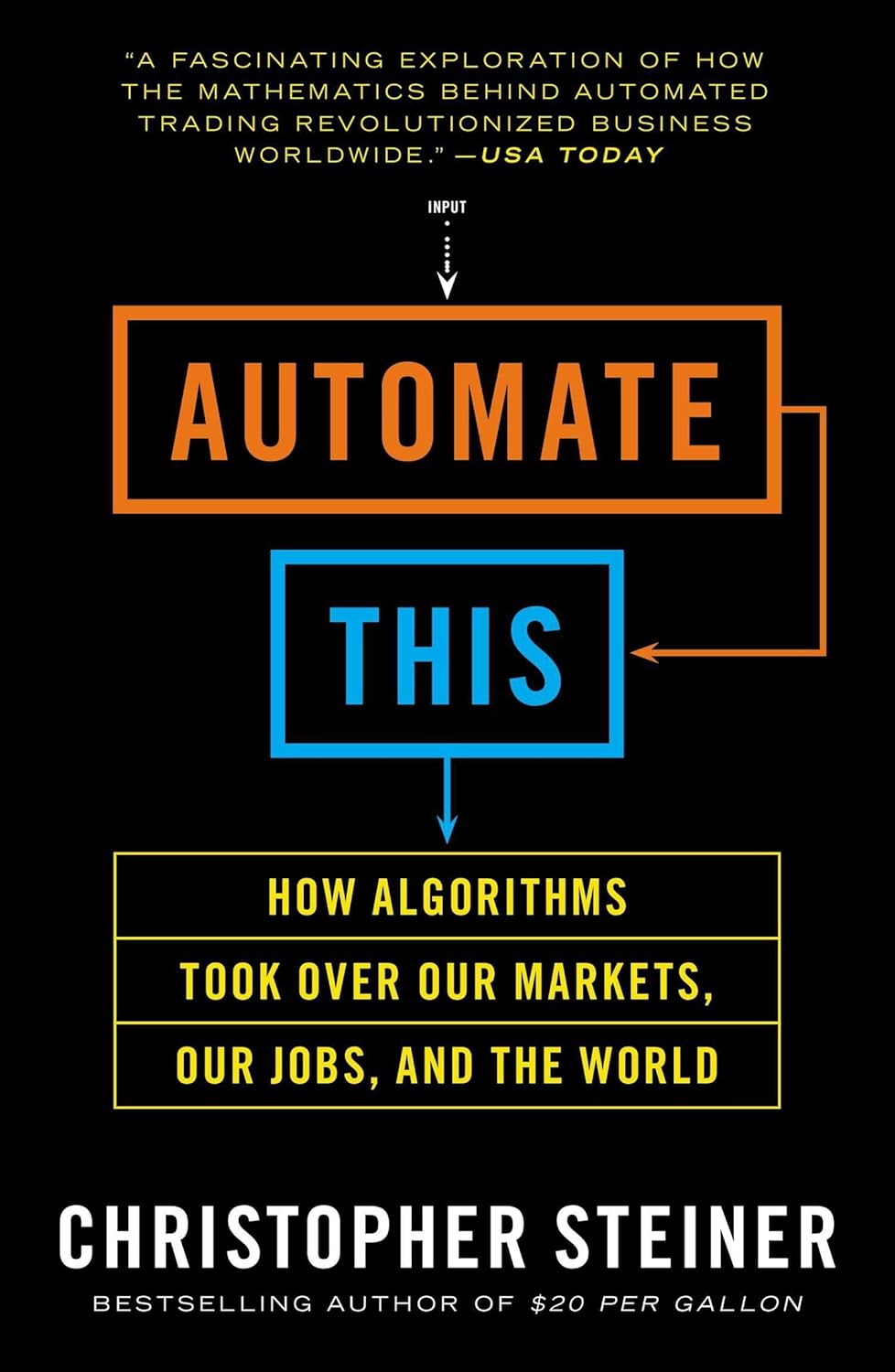Discover the essential steps to building an effective project management workflow. Learn how a structured workflow can boost efficiency, improve team collaboration, and ensure project success. This guide is designed for project managers, team leads, and organizations
5 steps to automate Dev tasks efficiently
Implementing automation for routine tasks in software development is a systematic process. Here are five key steps that will help you effectively integrate automation into your workflow.
Key takeaways
It's important to take a systematic approach to choosing and implementing automation
Automation frees up time for creative work and improves quality
Ongoing maintenance and improvement of automation ensures success
Why automate?
Picture this: you spend hours performing the same operations over and over—whether it's deploying code, running tests, or generating reports. While these tasks are necessary, they can be exhausting and distracting from the core of your work: creating innovative software products. Automating routine tasks in software development allows you to:
- Boost productivity: When machines handle monotonous processes, you can focus on designing architecture, solving complex algorithmic problems, and developing new features. This leads to a significant increase in both volume and quality of work completed.
- Reduce errors: Human error is inevitable. When performing repetitive operations manually, the risk of mistakes multiplies. Automated systems execute tasks consistently and without deviation, minimizing the likelihood of costly oversights that can be expensive to fix in later stages.
- Accelerate development cycles: Rapid deployment, testing, and integration enable faster feedback, quicker product releases, and more responsive adaptation to changing requirements. This provides a competitive advantage in the marketplace.
- Improve code quality: Time freed from routine tasks can be devoted to refactoring, improving architecture, and writing cleaner, more maintainable code.
- Make work more enjoyable: Eliminating boring and repetitive tasks boosts team morale and allows developers to focus on what they truly love—creativity and solving non-trivial problems.
1. Identify the Routine
The first and most important step is understanding exactly what needs to be automated. Start with a thorough analysis of your workday and team processes. Ask yourself:
- What tasks do you perform regularly—daily or weekly? This could be code compilation, running tests, deploying to test servers, creating reports, or updating documentation.
- Which tasks take the most time while being repetitive and mechanical? Try tracking the time you spend on each of these tasks over a week. You'll be surprised how many hours go to routine work.
- Which tasks are prone to human error? For example, manually editing configuration files, data entry, or checking similar conditions.
- Which tasks cause you the most frustration or boredom? This is often a reliable indicator that a task is ripe for automation.

Create a list of all identified routine tasks. Don't worry about how complex the automation for each might seem right now. The key is to compile a complete inventory. At this stage, it's important to consider not only your personal experience but also communicate with colleagues. They might face similar problems or already have optimization ideas. Joint brainstorming can reveal non-obvious automation opportunities.
2. Prioritize tasks
Once you have a list of potential automation candidates, it's time to prioritize them. Don't try to automate everything at once—this leads to overwhelm and disappointment. Use a simple matrix to evaluate each task:
- Execution frequency: How often is this task performed? Daily, weekly, monthly? The more frequent, the higher the priority.
- Time investment: How much time do you spend manually performing this task? The more time, the higher the priority.
- Automation complexity: How difficult (and time-consuming) would it be to create an automated solution? Start with tasks that are simpler to automate and will bring quick returns.
- Error impact: How critical is a potential mistake when performing this task manually? High criticality increases priority.
It's optimal to start with tasks that are performed frequently, take significant time, and are relatively simple to automate. These "quick wins" not only save time but also serve as motivation for further steps. For example, automating builds and test runs is often a high-priority task since it's performed multiple times daily and directly impacts product quality.
3. Tools
Now that you know what to automate and in what order, it's time to choose appropriate developer productivity tools. The choice depends on the task type, your technology stack, and the complexity level of automation.
Here are several categories and tool examples:
- Scripting languages: Python, Bash, PowerShell. They're versatile and suitable for automating a wide range of tasks—from file processing to API interactions. Python, for example, is excellent for automating programming tasks, including log parsing, code generation, and data manipulation.
- Continuous Integration/Continuous Delivery (CI/CD) systems: Jenkins, GitLab CI/CD, GitHub Actions, CircleCI. These tools are indispensable for automating build, testing, and code deployment processes. They allow you to set up pipelines that automatically trigger with every repository change.
- Configuration management tools: Ansible, Chef, Puppet. Used for automating server setup and application deployment, ensuring consistency between development and production environments.
- Testing tools: Selenium (web testing), JUnit/NUnit (unit testing), Postman (API testing). Automated testing is a cornerstone of software development automation, significantly reducing time spent on functionality checks and regression testing.
- Code linting and formatting tools: ESLint, Prettier, Black. They automatically check code for standard compliance and format it, freeing developers from style debates and manual corrections.
- Task schedulers: Cron (Linux), Task Scheduler (Windows). Allow running scripts and programs on schedule.
When choosing a tool, consider its compatibility with your current infrastructure, ease of use, documentation availability, and community support. Don't be afraid to learn new tools, but start with those most suitable for your priority tasks.
4. Implement automation
This is the implementation stage. Start small, create a prototype, test it, then scale.
- Write scripts/configure tools: Begin by creating a minimum viable product (MVP). If it's a script, ensure it performs only the necessary functionality. If it's CI/CD, set up a basic pipeline.
- Test thoroughly: Before integrating automation into your main workflow, ensure it works correctly in various scenarios. Test with different input data and check edge cases.
- Integrate into workflow: After successful testing, implement the automated solution. If it's a script, add it to version control and ensure easy access for all users. If it's CI/CD, make sure it's integrated with your repository.
- Document: Record how the automated process works, what parameters it accepts, what results it produces, and how to maintain it. Good documentation reduces onboarding time for new employees and simplifies maintenance.
- Train the team: Ensure all team members know how to use the new automated tool or process. Conduct a brief training session or prepare step-by-step instructions. The more people use automation, the more benefits it brings.
At this stage, it's important to be patient and ready for iterations. Automated solutions are rarely perfect on the first try.
5. Maintain
Implementing workflow automation in software engineering is an ongoing process. To keep your automation effective, it must be constantly maintained and improved:
- Monitoring: Regularly check how your automated processes are working. Use logging, error notifications, and metrics to track their performance and identify issues.
- Updates: Technology constantly evolves. Update tools, scripts, and dependencies to ensure compatibility and security.
- Refactoring: Like any code, automated scripts and configurations need refactoring. Improve their structure, make them more readable and maintainable.
- Expansion: As you benefit from automating some tasks, look for new opportunities. Return to your list from Step 1 and start automating the next priority tasks.
- Gather feedback: Continuously communicate with your team. What other routine tasks would they like to automate? Where can current automated processes be improved? This helps make programming task automation even more effective.
Interesting fact 
In 1947, Grace Hopper developed the first compiler—a program that automatically translated code into a lower-level language, becoming one of the first automations in software development. This significantly simplified the programming process and laid the foundation for modern automation systems.
Related articles:
To boost your team’s productivity, explore the Agile project management in 2025.
Get a handle on effective planning by learning about Hybrid project management: Combining Agile and waterfall for success.
For the greatest team success, read the article about Real-time remote work management.
Conclusion
By following these five steps, you can significantly simplify your workflows, minimize errors, and free up precious time for creative approaches to solving complex engineering problems. Start today—automate one small task, and you'll see how this approach transforms your development, making it more efficient, enjoyable, and productive. Your time is valuable; invest it in what truly matters.
Recommended reading 

"The Phoenix Project: A Novel About IT, DevOps, and Helping Your Business Win"
This novel-format book tells how DevOps and automation transform IT processes, helping companies quickly and efficiently release software.
On Amazon
"Continuous Delivery: Reliable Software Releases through Build, Test, and Deployment Automation"
A foundational guide to automating build, testing, and delivery processes, ensuring high quality and speed of software releases.
On Amazon
"Automate This: How Algorithms Came to Rule Our World"
This book explores how automation and algorithms are changing various spheres of life, including software development, and why it's important to apply automation smartly and effectively.
On Amazon






